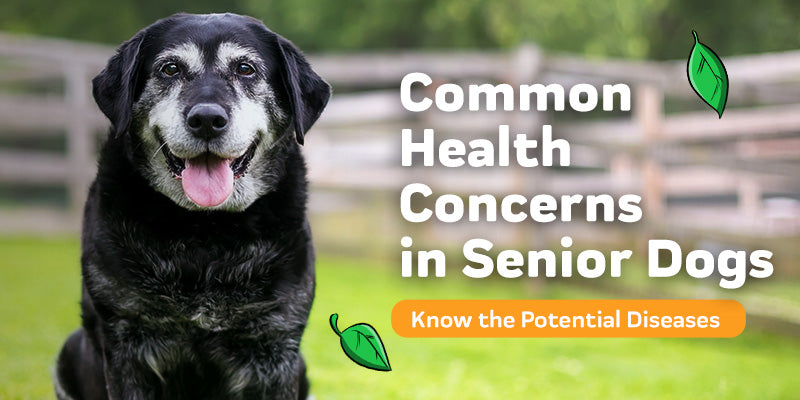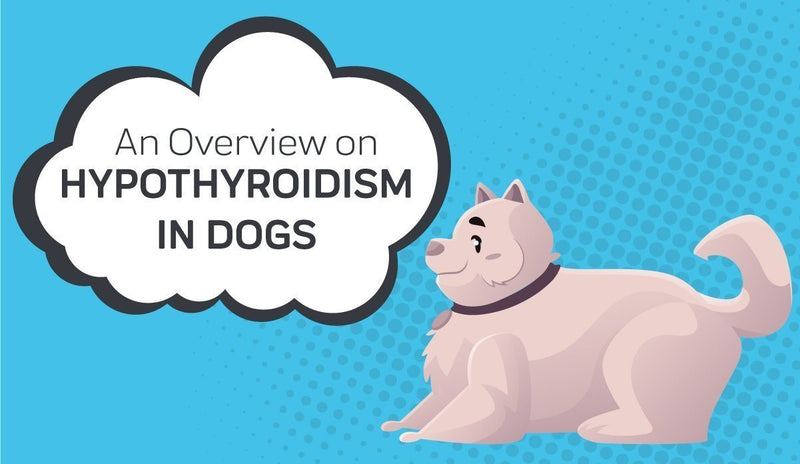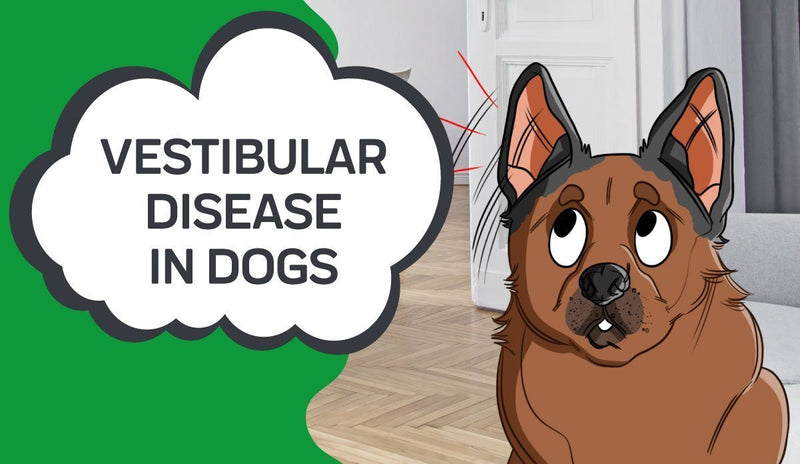- The Definition of Brachycephaly
- Brachycephalic Syndrome: What is it?
- Anatomy of Pug Skeleton Head/Pug Skulls
- Symptoms and Signs to Be on the Lookout For
- Can This Ailment Be Treated?
- Five Ways to Help Your Dog with Brachycephalic syndrome Keep His or Her Oxygen Levels Up
- Brachycephalic Breeds of Dog
- Brachycephalic Cat Breeds: Flat Faced Cats
- Most Brachycephalic Cats and Dogs are on a “No Fly” List
- CBD Oil for English Bulldogs
- British Bulldogs: Loyal and Calm Companions
- Common Health Problems in Bulldogs
- Cherry Eye and CBD

Do you have a snub-nosed or flat-faced cat or dog, or considering getting one? Get familiar with Brachycephalic Syndrome. Put plainly, for cat and dog breeds that have those features, it may affect their capability of breathing.
If symptoms aren’t picked up and managed, the results may be deadly. In order to discover more regarding what this brachycephalic syndrome condition of the skull is, what you should be on the lookout for, and what to do to assist in keeping your pet healthy, read further!
The Definition of Brachycephaly
Understanding the brachycephalic airway syndrome starts with understanding what the term means, and how it’ll affect cat and dogs. In the initial Greek language, “cephalic” or “cephaly” means head and “brachy” means short.
Put them together and brachycephalic pug skull breeds are the ones that have short skulls or heads with an elongated soft palate. There are brachycephalic cats and dogs alike that have these flatter-looking, compact faces, as well as shorter muzzles.
Brachycephalic Syndrome: What is it?
It is the size, as well as the brachycephalic head shape which places those dogs at risk of Brachycephalic Syndrome development. Brachycephalic breeds have smaller and shorter skull structures, particularly around the upper airway nasal passages.Everything to do with the upper airway is compacted and condensed. That means they may have a difficult time getting sufficient oxygen inside their system.
What happens is they may develop a hard time breathing and experience respiratory issues in general. In the worst-case scenario, pets may develop serious respiratory distress, laryngeal collapse, and aspiration pneumonia. Long-range lack of oxygen also can contribute to heart issues for brachycephalic cats and brachycephalic dogs.
Brachycephalic Syndrome also does get referred to by additional names. Those are:
- Brachycephalic Airway Obstructive Syndrome
- Brachycephalic Airway Syndrome
- Congenital Obstructive Airway Disease
- Brachycephalic Syndrome
- Brachycephalic Respiratory Syndrome
- Hypoplastic Trachea
Anatomy of Pug Skeleton Head/Pug Skulls
There are 5 primary anatomical features of a brachycephalic dog or cat which may display abnormalities stemming from airway obstruction. Having one or more of these physical defects may contribute to breathing issues in the skull of a pug:
Stenotic Nares
Put plainly, stenotic means narrowed, and nares are nostrils. A brachycephalic pet might have narrow and long nostrils. Their nostrils might look appear more similar to slits, instead of being round as within other breeds. For a dog or cat that has extremely narrow nostrils, it’s like attempting to breathe with a stuffy or blocked nose all of the time.
Elongated Soft Palate
Soft palates are areas on the roof of the mouth toward the back, in which the nasal cavity starts. If a soft palate is overly long, it may block air from reaching the windpipe which creates an elongated soft palate.
Narrow Trachea
Tracheas are “windpipes” air travels through, and down inside the lungs. If a brachycephalic pet has tracheal hypoplasia, that means the diameter or width of the trachea is overly narrow. For those pets, it’d be like attempting to draw air through a straw in order to breathe. Clinical signs of this will show show dogs with labored breathing and exercise intolerance.
Everted Laryngeal Saccules
They’re small pockets or sacs in front of the voice box. Everted laryngeal saccules are drawn inside the pet’s trachea or airway as they breathe and may block it. They’re further impacted if the pet additionally has stenotic nares and/or an elongated soft palate everted. If arytenoid cartilages become displaced, laryngeal collapse may happen.
Nasopharyngeal Turbinates
Turbinates comprise curved, small bones that surround the nasal region. They assist in filtering and controlling air when it is inhaled. The nasopharyngeal area is the space at the back of the throat. If bones within this region are irregular in shape or are too short, this then can affect the quality and quantity of inhaled air.
Symptoms and Signs to Be on the Lookout For
If you’re searching for a kitten or puppy, first off, check the breeder’s breeding and health policies. Trustworthy breeders won’t breed dogs or cats that have a genetic Brachycephalic Syndrome history.
If you already happen to have a cat or dog with brachycephalic syndrome in your life keep a close eye out for these clinical signs and breathing challenges.
They all can indicate they’re suffering some degree of respiratory problems
Open-mouthed breathing
Humans and animals normally breathe through the nostrils. If your cat or dog is breathing more often and more easily through their mouth, it may be a sign that something isn’t quite right.
Noisy or labored breathing
Extremely labored or noisy breathing while exercising or while sleeping may signal breathing issues. Snoring might be funny and cute; however, these abnormalities aren't a good indication for these pets.
Physical ailments
Collapsing or fainting after exercising may happen because of a lack of oxygen. Affected dogs that have this syndrome also may cough, vomit, gag or retch if they develop Hiatal hernias from the additional effort of their organs necessary to breathe.
Weather makes things worse
Any or all brachiocephalic syndrome symptoms might be more serious in extremely humid or hot weather such as during summer. Affected dogs will have upper respiratory issues and quality of life will drop significantly.
Extreme gas and flatulence
The struggle of taking in a lot of air may result in swallowing a big gulp of air, resulting in increased flatulence and gas.
Can This Ailment Be Treated?
There are options for treatment to make life simpler for brachycephalic dog breeds and cats that have physical abnormalities that affect their breathing.
A vet might suggest an array of diagnostic tests that confirm and establish the best methods of treatment. Some of the irregularities, like an elongated palate, hypoplastic trachea, or issues with the larynx might require for your dog or cat to be sedated for a complete physical examination.
Depending upon clinical severity and signs, brachycephalic dogs, and brachycephalic cats treatment might involve:
- Surgical correction that alleviates upper airway obstruction. It might involve the widening of stenotic nares, extraction of soft tissue that surrounds the soft palate as well as laryngeal saccules, or insertion of an endotracheal tube that widens the airway.
- Medicine like steroids that decrease inflammation
- Oxygen therapy
- CO2 Laser Surgery
- Soft Palate Resection
Five Ways to Help Your Dog with Brachycephalic syndrome Keep His or Her Oxygen Levels Up
Take your pet to the veterinarian
If you happen to have a short-nosed brachycephalic cat or dog, have them evaluated by a vet. Do that when they’re young and at routine intervals as adults. Earlier detection of any possible risks around the airway makes it simpler to manage in the future if they develop this syndrome.
Keep your pet cool
Canines pant as they’re hot to cool themselves off. In brachycephalic dogs, it places even more stress upon their upper respiratory system. If you are out on a stroll with your brachycephalic pup on a scorching day, do not overdo it! Avoid heatstroke by ensuring they have an abundance of water, rest, and shade. A leash that is attached to a harness instead of a collar which constricts their larynx also can be more comfortable.
Allow the air to flow
In your home ensure that they always have plenty of ventilation. Humid, stuffy, and hot environments may be deadly. Never leave a dog or cat alone in a hot vehicle, even with the windows slightly ajar. The temperature inside an automobile increases to dangerous levels within a matter of minutes.
Keep an eye on their weight
Keep your brachy dog or cat within a healthy weight range for their breed and size. Carrying around extra pounds places an additional burden upon their heart and respiratory system.
Keep the pet calm and carry on
Fear, anxiety, stress – those all contribute to breathing airway issues. If you’re traveling with your animal, or in unfamiliar surroundings or situations, do everything possible to reassure them, as well as make it as stress-free as it can be.
Brachycephalic Breeds of Dog
Brachycephalic or flat-faced dogs like Pugs and Bulldogs often are in the Top Ten of the American Kennel Club’s most sought-after dog breeds. Most folks find their character filled look, those crinkly, wrinkly skin folds and faces are difficult to resist!
Some of the brachycephalic canines at risk of the development of this syndrome involve:
- Spaniels (English Toy, King Charles)
- Shih Tzu
- Rottweilers
- Pugs
- Pekingese
- Lhasa Apsos
- Japanese Chins
- French Bulldogs
- English Bulldogs
- Dogue de Bordeaux
- Chow Chows
- Chihuahuas (apple headed)
- Bull Mastiffs
- Boxers
- Boston Terriers
- American Bulldogs
Brachycephalic Cat Breeds: Flat Faced Cats
There’s a shorter brachycephalic cat breed list. But, like dogs, the risks of crossbreeds or cats that have flat faces which develop this syndrome are the same.
Brachycephalic breeds of cat are:
- Scottish Folds
- Ragdolls
- Persians
- Himalayans
- Exotic Shorthairs
- British Shorthairs
Most Brachycephalic Cats and Dogs are on a “No Fly” List
Most airlines exclude some or all specific brachycephalic dog or cat breeds from flying on both international and domestic flights. Even as an airline or carrier’s pet policy is usually pet-friendly they might not allow brachycephalic pets on board. There’s a great reason for this.
The Possible Harm of Air Travel for Smushed Face Dogs and Cats/Short Nosed Animals
-
Brachycephalic dogs and cats don’t deal with breathing inside a pressurized environment of airline cabins too well.

- They might become even sicker if they’re put into a cargo hold, as those spaces might be extremely hot, and not have any air-conditioner.
- Snub-nosed and short dog and cat breeds require more air circulation and ventilation than some pet carriers/crates allow for.
- If you are traveling inside a cargo hold, short-nosed brachycephalic dog or cat breeds might not be observed to see how they’re dealing with the environmental conditions.
- Notation - Some folks suggest sedatives decrease stress while traveling, but these also can affect the breathing of brachycephalic dog or cat breeds.
Airlines regularly update their animal policies; therefore, if you’re needing or intending to fly with your animals, always check before getting to the airport or check out their Airlines Policy Page about brachycephaly and learn if it’s possible to bring them or not.
CBD Oil for English Bulldogs
Bulldogs get A TON of attention.
As you take him for a stroll, I bet there are passersby who stare, and perhaps even approach you and ask questions.
While that breed may look tough and big, all of us know that Bulldogs may be playful softies that rapidly earn themselves an important part of our hearts.
Unfortunately, everyone also knows that British Bulldogs can develop problems such as cherry eye, hip dysplasia, brachycephalic complex, and much more.
However, here is the deal: You easily can manage some of the health issues that affect your Bulldog with a single easy supplement.
Don’t believe me?
I will go over how it’s possible to utilize CBD to manage typical ailments which may be affecting your dog.
British Bulldogs: Loyal and Calm Companions
Bulldogs, oftentimes referred to as English or British Bulldogs, are even-tempered, loyal, and calm dogs.
Plus, while they may appear aggressive or scary to some, they’re real softies.
They’re well-known to be easygoing pups which get along with nearly anyone, from strangers and kids to other types of animals.
Bulldogs, while gentle and calm, enjoy routine moderate exercise to keep them healthy and happy.
Having a stocky, short build, they’re susceptible to getting overweight if they are under-exercised or overfed.
They originally were utilized in medieval Europe as bull bait and coaxed to harass bulls for entertainment purposes. The bulldog’s origin is not known; however, it generally is believed this breed derives from the British Isles.
Thankfully, since bull baiting was banned within the 19th century, they’ve rightfully become highly sought-after household pets.
Because of their calm nature and moderate size, they easily can be kept inside units, apartments, or other small houses.
Short but consistent walks usually are all they require to keep them happy, followed up by a snack and nap.
Common Health Problems in Bulldogs
As with most purebred dogs, Bulldogs are prone to a broad array of health conditions, which includes:
Brachycephalic airway obstruction complex
As aforementioned, short-snouted breeds are particularly vulnerable to this condition, yet Bulldogs have the greatest risk. This typically results in breathing challenges, which grows worse during exercise or in hot weather. It may be treated with surgery if deemed necessary by a veterinarian.
Hip dysplasia
This is more common within Bulldogs than any additional breed. More than 70 percent of Bulldogs handle hip dysplasia that’s caused by a genetic malformation of a hip socket. It’ll cause pain and also can lead to lameness , arthritis and less exercise.
Elbow dysplasia
This particular breed has the 4th highest elbow dysplasia rate of all canine breeds. As with hip dysplasia, it’ll cause inflammation, pain, lameness, and may cause arthritis.
Patellar luxation
It happens as the kneecap slips out and into its groove and causes immobility, arthritis, and pain. Patellar luxation is typical in most dog breeds and affects around 4 percent of Bulldogs.
Spina Bifida
It’s reported in Bulldogs more than any additional breed of dog. Spina Bifida is a birth defect causing a spine malformation, which causes difficulties in moving and walking. It also can lead to a lack of coordination, incapability of controlling urination/defecation, as well as even paralysis.
Pulmonic stenosis
It’s a congenital heart defect affecting Bulldogs more than any additional breed of dog. Pulmonic stenosis produces limited blood flow to the heart which, in serious cases, may lead to heart failure.
Hiatal hernia
This particular breed has the greatest rate of hiatal hernia of any dog breed. It may cause various symptoms, which include nasal discharge, coughing, shortness of breath, hypersalivation, or anorexia.
Cherry eye
This is a condition of the eye characterized by a protruding gland inside the eye which may cause inflammation and swelling.
In order to assist in diagnosing these conditions, it is vital to take your pet for routine check-ups with the veterinarian.
Cherry Eye and CBD
Cherry eye is typical in several dog breeds, which includes Bulldogs.
Thankfully, it is a less severe condition than hip dysplasia or others listed earlier.
The condition is caused by a prolapse within the 3rd gland of the lid, serving as a natural protective layer for the eye.
While the precise cherry eye cause is not known, it is believed to be caused by a genetic predisposition, seeing as its prevalent within a few breeds, which includes Shih Tzus, Lhasa Apsos, Bloodhounds, Beagles, Boston Terriers, and Cocker Spaniels.
It is believed that such breeds might have a somewhat weaker fiber that connects the gland to the eye, therefore making it more than likely to prolapse.
As the gland protrudes, it’ll become exposed and thereby is at risk of becoming infected and leading to inflammation around and in the eye.
As a matter of fact, the majority of dogs that have cherry eye will handle infections and inflammation consistently as a result of this condition.
While I have not any personal experience utilizing CBD in the treatment of cherry eye, I know CBD may be used in the management of infections and inflammation caused by Cherry eye.
A veterinarian usually will suggest the use of topical anti-inflammatories that aid in treating the infection that is caused by mild instances of cherry eye to assist in dealing with gland swelling.
For more information contact Innovet Pet today!


















